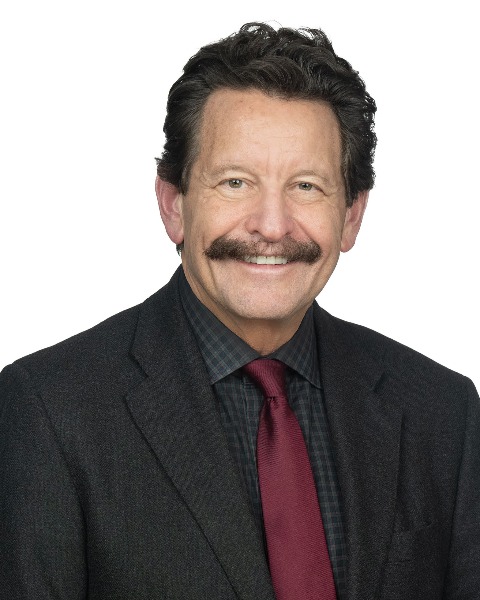Oncology: Prostate
054IC - The Changing Face of Advanced Prostate Cancer 2023
-
JM
Judd Moul, MD, FACS (he/him/his)
James H Semans MD Professor of Surgery
Duke University -

Lawrence Karsh, MD, FACS
Director of Research
The Urology Center of Colorado -
.jpg)
Alicia Morgans, MD (she/her/hers)
Associate Professor of Medicine, Harvard Medical School
Harvard Medical School -
DM
David Morris, MD,FACS (he/him/his)
Urology Associates, PC
Instructional Course Director(s)
Instructional Course Faculty(s)
Course Description: This is an ongoing course on advanced prostate cancer at the AUA Annual Meeting since 2012, and the changes over the last decade have been nothing less than breathtaking! In the early years, it was all about metastatic castrate-resistant prostate cancer (CRPC) with multiple new therapeutic advances starting in 2010, followed by abiraterone and enzalutamide and a focus on bone-targeted agents. Later, the course expanded to cover hormone-sensitive (HS) advanced disease due to the new data on docetaxel and abiraterone extending survival in new M1 patients In 2017, and the topic of nonmetastatic CRPC (M0 CRPC) was added due to emerging data on use of apalutamide and enzalutamide in these men. In 2019, before COVID, the course expanded information on HS new M1 disease with emerging data that four agents (docetaxel, abiraterone, apalutamide and enzalutamide) all improve survival for men with new metastatic prostate cancer. Some may have argued that the value of the course for urologists was a stretch back in 2012 because of the belief by some physicians that metastatic CRPC should be managed only by medical oncologists. However, over the last few years, the course is even more relevant to practicing urologists as most M0 CRPC and virtually all new M1 HS patients are initially managed by urologists.
Using a case-based and multidisciplinary format, we will continue to push the boundaries of knowledge to urologists and their teams in covering this new toolbox of novel therapies. In addition, we will cover the latest advance in lutetium prostate-specific membrane antigen 617 (VISION and Thera-P Trials) , molecular genetic profiling, PARP inhibitors and the latest in “triple” therapy for HS M1 disease
Learning Objectives:
- Identify and treat a patient with new diagnosed M1 prostate cancer with androgen deprivation therapy (ADT), offer either enzalutamide or apalutamide or abiraterone acetate and recognize high-volume new M1 prostate cancer to refer to a genitourinary medical oncologist for docetaxel chemotherapy if necessary.
- Diagnose M0 metastatic CRPC, educate patients about using either enzalutamide or apalutamide or darolutamide added to traditional ADT as a way to improve their patent’s overall and radiographic progression-free survival, and explain the differences between these three oral agents to educate patients about side effects and toxicities.
- Describe the latest phase III randomized controlled trial results for new therapies in M1 CRPC, educate patients on treatment options and work on a multidisciplinary team caring for this disease state of far advanced prostate cancer.
- Explain that advanced prostate cancer is a complex group of disease states with rapidly changing therapeutic landscape and the need for providers and teams to embrace the multidisciplinary nature of this care for our patients.
- Identify the molecular and molecular genetic underpinnings of advanced prostate cancer and recognize the future will be based on a more personalized therapy landscape.
